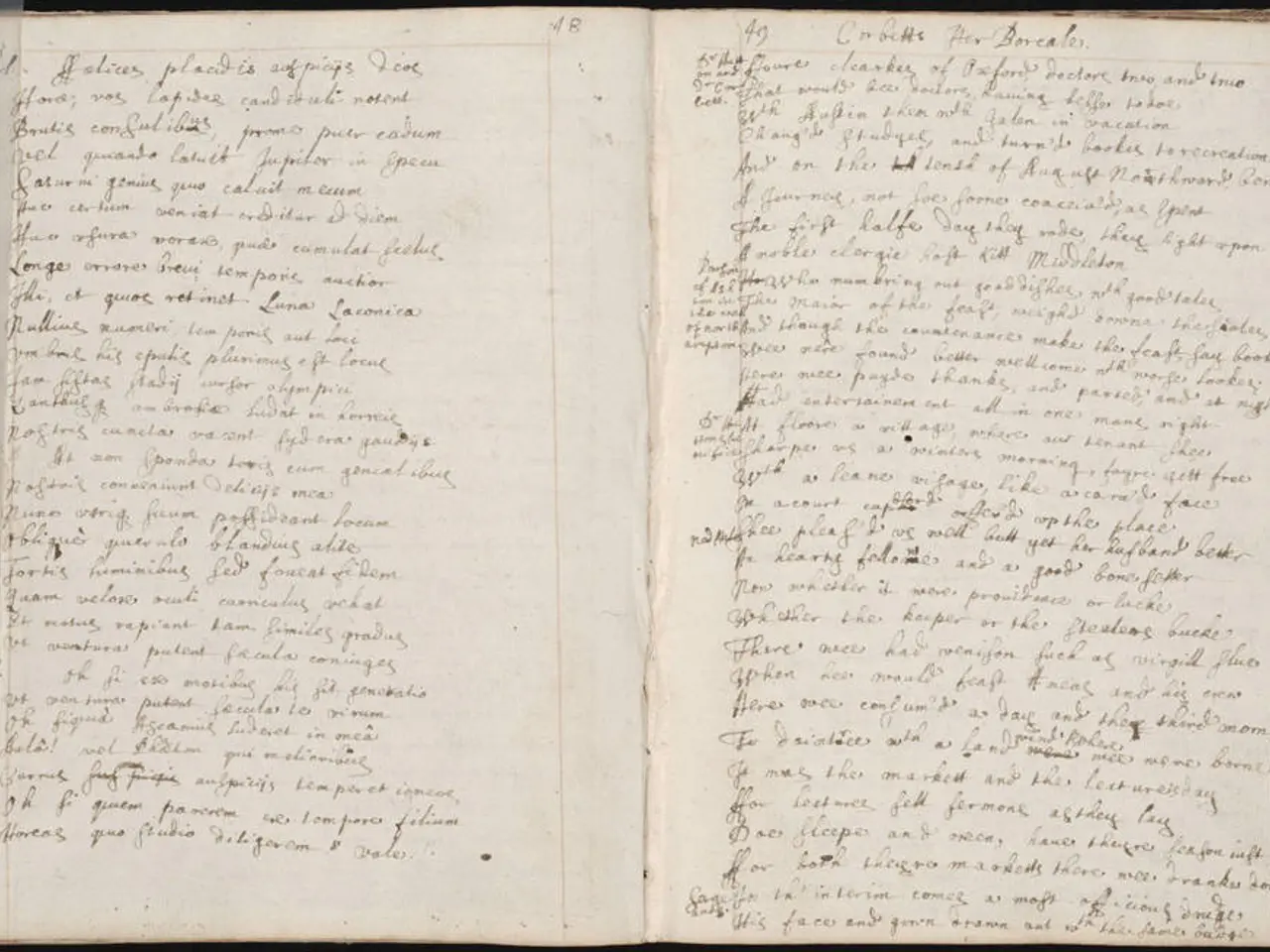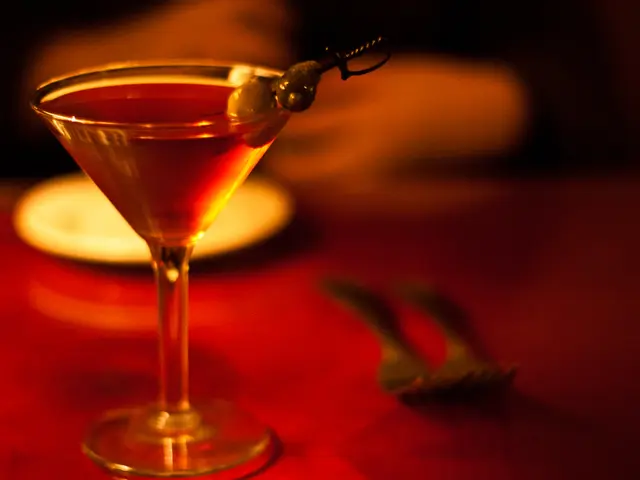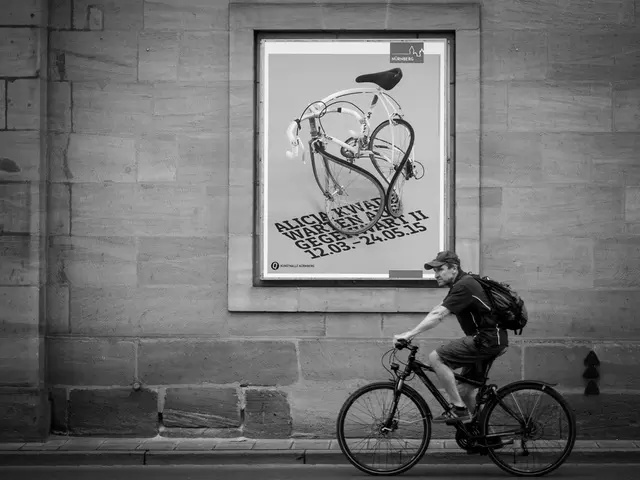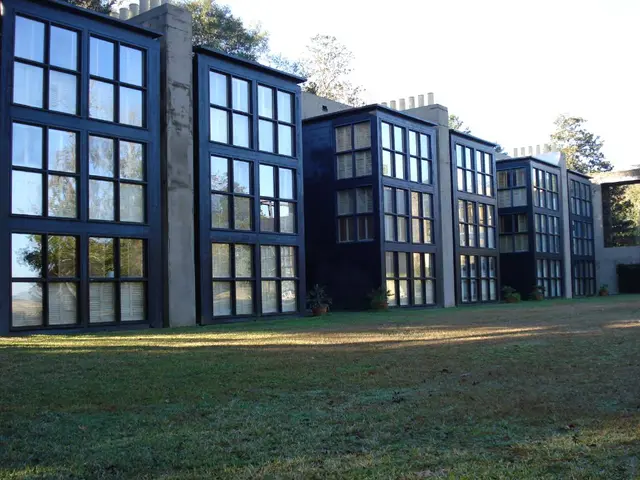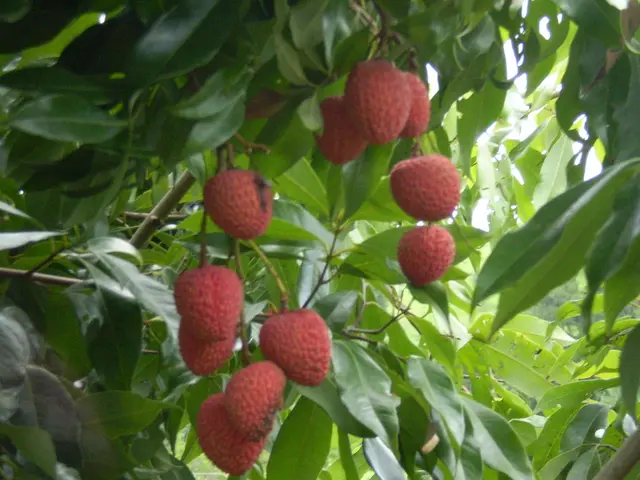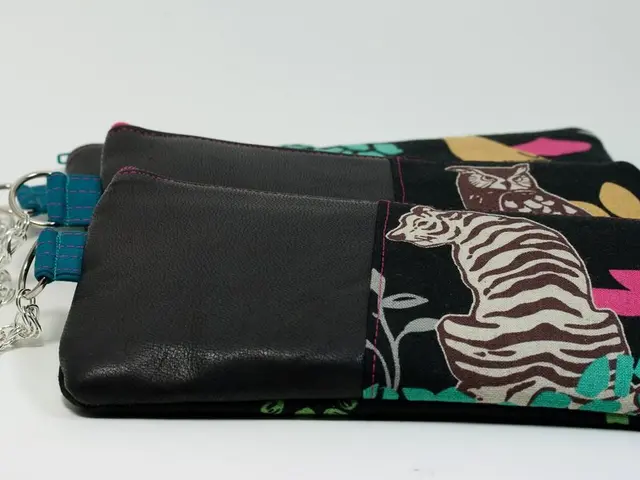Exploring Sensory Experiences: Delving into Synaesthesia and the Ability to Taste Words on the Instant Genius Podcast
In the realm of neuroscience, a fascinating phenomenon known as synaesthesia continues to intrigue researchers and the general public alike. This unique condition, which affects a small percentage of the population, involves a merging of different senses that are not typically connected.
Professor Jamie Ward, a psychologist and synaesthesia researcher based at the University of Sussex, is one such individual delving into the mysteries of synaesthesia. His research has shed light on the diverse forms this phenomenon can take, each with its own unique perceptual blends.
Synaesthetic experiences can manifest in various ways, from hearing colors or tasting words to feeling physical sensations when seeing others being touched. The two overarching forms are projective synesthesia, where synesthetes actually see or "project" colors, shapes, or sensations, and associative synesthesia, where the connection is felt strongly but is internally conceptual.
Common types of synaesthesia include grapheme-color synesthesia, where letters or numbers evoke specific colors; chromesthesia, where sounds trigger the perception of colors or shapes; lexical-gustatory synesthesia, where words or sounds induce taste sensations; auditory-tactile synesthesia, where sounds cause tactile feelings on the skin; mirror-touch synesthesia, where feeling physical sensations when seeing others being touched; number-form synesthesia, where visualizing numbers in spatial patterns; and tactile-gustatory and tactile-olfactory synesthesia, where touch evokes taste or smell, respectively.
The impacts of synaesthesia on cognition and creativity are significant. Synaesthesia often enhances memory and information processing, for example, grapheme-color synesthesia can aid in memorizing sequences through vivid color associations. The involuntary cross-modal experiences can create unique perspectives and novel mental connections, which many synesthetes report as conducive to creativity in the arts, music, and problem-solving.
Research suggests that synaesthesia is linked with enhanced sensory perception and heightened connectivity between brain regions involved in sensory integration. This cross-activation may foster more associative and divergent thinking, impacting creative output positively. Synaesthetic experiences can also enrich emotional and aesthetic appreciation, further boosting creative endeavors.
In summary, synaesthesia manifests in dozens of distinct types involving various sensory combinations. These synaesthetic experiences often contribute to enhanced memory, sensory integration, and elevated creativity due to the brain’s linked sensory processing pathways.
While it's possible to meet a synaesthete without realizing it, understanding this phenomenon offers a glimpse into the extraordinary ways our brains can interconnect and process information. As research continues, we may uncover even more about this intriguing condition and its potential implications for cognitive development and creativity.
In the realm of science, researchers are exploring the link between synaesthesia and heightened sensory perception, especially in the field of neuroscience. This phenomenon, known to affect various aspects of health-and-wellness, including mental health, can lead to a better understanding of nature's intricate workings in the human brain. In the realm of space, we can metaphorically perceive synaesthesia as a universe of interconnected sensory experiences, each sparking imaginative thoughts and fostering innovation in areas such as science, art, and health-and-wellness.
